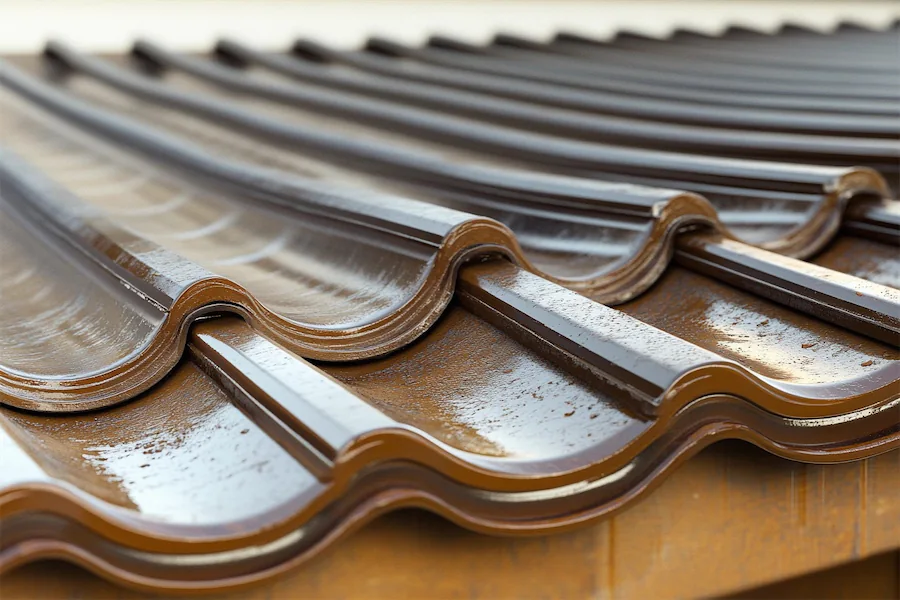A Built-Up Roof (BUR) is a traditional roofing system designed for low-slope or flat roofs, comprising multiple layers of reinforcing fabrics and bitumen (asphalt or coal tar). These layers are alternated and then finished with a top layer of aggregate, such as stone or gravel, to create a durable and weather-resistant membrane.
History and Origins of Built-Up Roofs
The development of built-up roofing systems dates back to the mid-1800s. They were among the first “flat” roofs used in construction, evolving from the use of tar to refined asphalts and from paper to felt, significantly improving their performance over time.
Key Features of Built-Up Roofs
- Durability and Longevity: BUR systems are known for their robustness, often lasting between 15 to 30 years with proper maintenance. The multiple layers provide redundancy, enhancing the roof’s resistance to damage.
- Excellent Waterproofing: The layered construction effectively prevents water ingress, making BUR suitable for areas with heavy rainfall.
- UV and Fire Resistance: The top layer of aggregate protects the underlying layers from ultraviolet radiation and adds fire-resistant properties to the roof.
Applications of Built-Up Roofs
Built-Up Roofs are commonly used in commercial, industrial, and institutional buildings with low-slope or flat roof designs. Their durability and cost-effectiveness make them a preferred choice for large-scale roofing projects.
Considerations When Choosing Built-Up Roofs
- Installation Complexity: The installation of BUR systems is labor-intensive and requires skilled professionals to ensure proper application of each layer.
- Weight: The multiple layers add significant weight to the structure, necessitating an assessment of the building’s load-bearing capacity.
- Maintenance: Regular inspections are essential to identify and repair issues such as blisters, cracks, or open joints to prolong the roof’s lifespan.
Conclusion
Built-Up Roofs offer a time-tested solution for low-slope roofing needs, providing durability, effective waterproofing, and resistance to environmental factors. While the installation process is complex and requires professional expertise, the long-term benefits make BUR systems a viable option for various building types.
